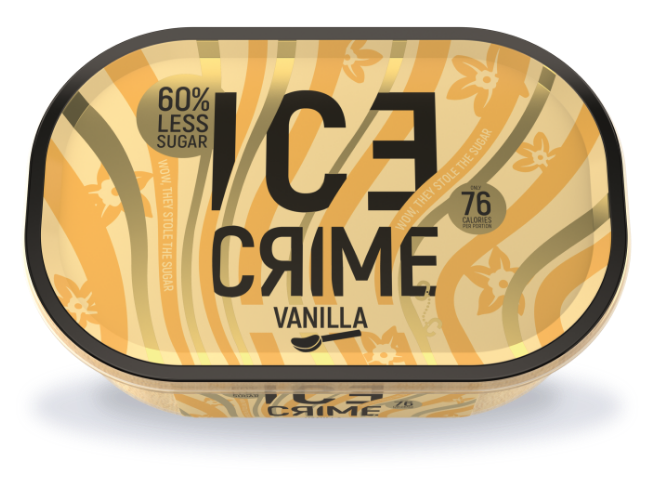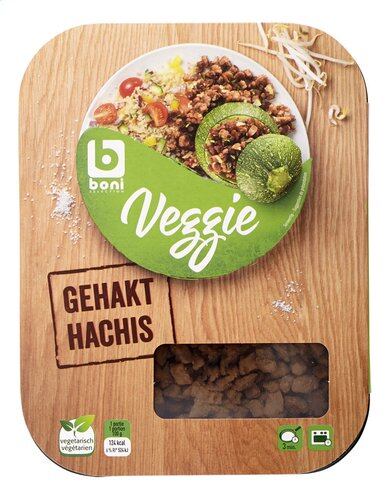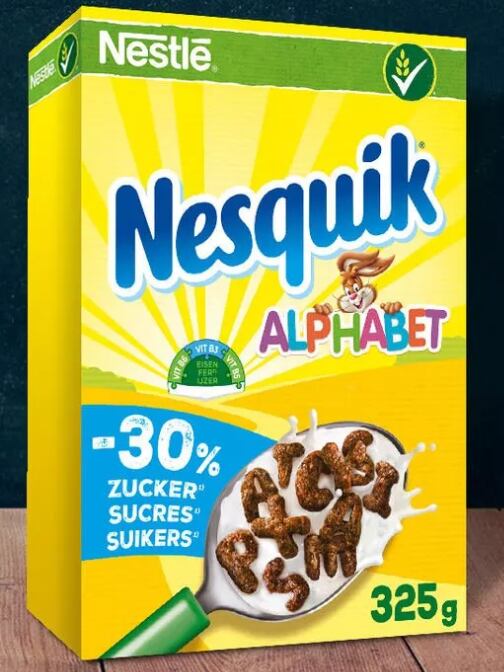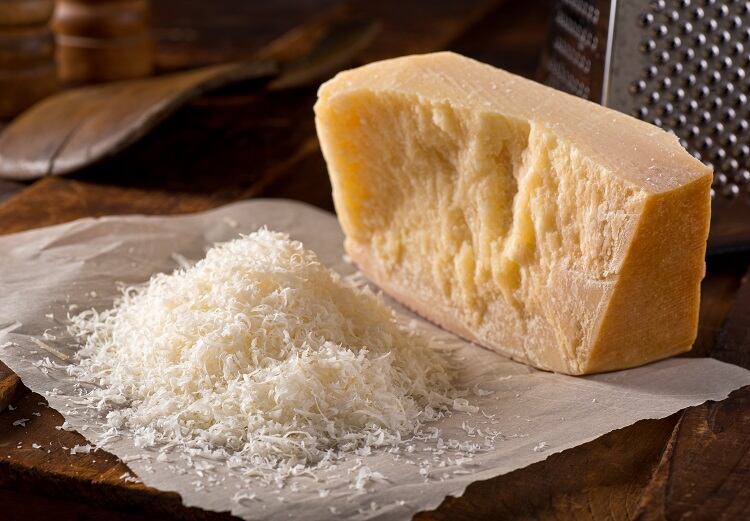The European Commission plans to introduce its harmonised, mandatory front-of-pack (FOP) nutrition labelling scheme by the end of 2022.
While the Commission has yet to reveal what this FOP labelling scheme will look like, a number of Member States and food manufacturers are campaigning for Nutri-Score to be rolled out across the bloc. Backers include governments in France, Switzerland, Belgium, and food brands Nestlé, Danone, and Kellogg.
Yet not all are convinced. Nutri-Score, which uses an across-the-board algorithm to rank a product’s nutritional composition, allows for certain reformulated junk food products to receive a dark green ‘A’ rating – the scheme’s highest possible score.
Dutch consultancy Voedingsjungle, which specialises in children’s nutrition, has spoken out against across-the-board algorithms for this purpose, and instead is calling for a label that uses category specific criteria.
Honouring nutrition guidelines

According to the World Health Organization’s (WHO) framework for FOP labelling, first and foremost, an FOP labelling system should be aligned with national public health and nutrition policies and food regulations, as well as with relevant WHO guidance and Codex guidelines.
At a recent European Food Forum (EFF) event, Voedingsjungle senior advisor Manon van Eijsden raised concerns that Nutri-Score does not always encourage the consumption of products recommended by those guidelines.
Equally, the nutritionist and epidemiologist suggested the scheme does, in every instance, discourage the consumption of products that are not recommended by public health guidelines.
Nutri-Score’s algorithm ranks foods from -15 for the ‘healthiest’ product to +50 for those that are ‘less healthy’. On the basis of this score, the product receives a letter with a corresponding colour code: from dark green (A) to dark red (F).
The algorithm does not account for the role each food product plays in terms of nutritional guidelines, van Eijsden argued at the EFF event. This means that Nutri-Score ranks nutritious foods – such as breads, vegetables, and nuts – in the same way as indulgent foods – such as cookies, ice cream, or savoury snacks.
“To be able to make this distinction, we think FOP labels should use category specific criteria rather than an across-the-board algorithm,” she told delegates.
‘Nutri-Score discrepancies impact consumer trust’
The issue for van Eijsden is that Nutri-Score allows for ‘discrepancies’ – whereby a dark green ‘A’ ranking does not necessarily mean a healthy choice.
One such example, the nutritionist told delegates, is Nutri-Score’s ranking of Colruyt-owned Boni plant-based minced meat alternative. The product has received the highest possible Nutri-Score ranking, because the ‘added points’ for its fibre (more than 4.7g per 100g) and protein content (more than 8g per 100g) has, in some way, outweighed its sodium content (more than 630mg per 100g).

“So what an across-the-board algorithm does is merely show you which products score high enough to get an endorsed green logo…but it doesn’t necessarily show you a healthy choice.”
Van Eijsden also referenced ice cream company Ice Crime, which has developed a vanilla ice cream product with 60% reduced sugar. The product is sweetened with stevia. At only 76kcal per portion, and 4g of natural sugars, the product has received a Nutri-Score of A.
“I wouldn’t want to recommend eating a larger amount of this product or eating it more frequently,” said the nutritionist. “Even if it may contain less sugar, or if it is perhaps the better choice within the ice cream [category].”
Within product categories, van Eijsden also takes issue with the one-size-fits-all algorithm, drawing attention to Nestlé Cereal’s Nesquik Alphabet product, which has a dark green ‘A’ ranking – the same score as organic muesli.
“If we look at comparisons within the across-the-board algorithm of Nutri-Score, it doesn’t always discriminate enough between the truly healthy products that are recommended to eat and the products that are less healthy,” she told delegates.
While of course there are examples were Nutri-Score ‘works really well’, the nutritionist argued there are enough discrepancies to influence consumer trust.
With 40% of the Dutch population stating they are confused if a product is ‘healthy’ according to an FOP label, but not according to dietary guidelines, according to research from the Dutch Ministry of Health, van Eijsden believes Nutri-Score’s algorithm “negatively affects [consumer] trust in both label and dietary guidelines”.
Nutri-Score ‘can’t do everything’

On behalf of nutritionists, Voedingsjungle’s senior advisor pleaded to the Commission to develop a label that is not only easy to understand, but that aligns with national dietary guidelines.
It should use category-specific criteria to “really take into account the role products have in the dietary [framework] and the nutrients they provide. This makes a clear distinction between basic, nutritious foods and discretionary products”, she argued.
“Because only in that way may a label really be able to help consumers with a healthier diet.”
In response to van Eijsden’s argument, Associate Professor Julia Chantal, from Sorbonne Paris Nord University’s Faculty of Medicine, stressed that nutrition labelling is ‘only one of the tools’ that are helpful for consumers. “It’s not [like waving] a magic wand. It’s not going to solve all the [problems] and it needs to be seen as part of a general framework of nutritional policy.”
The Nutri-Score expert continued: “Nutrition labelling only helps to choose products in the supermarket and more specifically, in my point of view, to help select a product within a group that is healthier. This is the only goal of nutritional labelling. It can’t do everything.”
Further, Chantal stressed that Nutri-Score focuses solely on the nutritional composition of a product. “It takes into account what is on the back of the pack and translates it. So when a food gets an ‘A’, it is [due] to what is on the back of the pack.”
The Associate Professor suggested that van Eijsden’s argument concerning discretionary foods related to another dimension: that of food processing. “But this is completely separated from the nutritional composition.”




